Introduction
In the vast realm of culinary arts, dumplings stand as a timeless testament to human ingenuity and the art of combining flavors. Among the myriad varieties of dumplings that exist across the globe, lamb and radish dumplings hold a special place, especially in regions where these ingredients are abundant and deeply cherished. These dumplings encapsulate the essence of comfort food, blending the earthy richness of lamb with the crisp, refreshing sweetness of radishes. Whether you’re a seasoned chef or an enthusiastic home cook, learning how to make lamb and radish dumplings can be a rewarding endeavor that brings family and friends together over a shared meal.
This guide aims to provide a comprehensive, step-by-step approach to crafting these delightful dumplings, ensuring that even the most novice cook can achieve culinary excellence. From selecting the perfect ingredients to mastering the art of folding, we’ll cover every aspect of the process, ensuring your dumplings are not only delicious but also visually appealing.
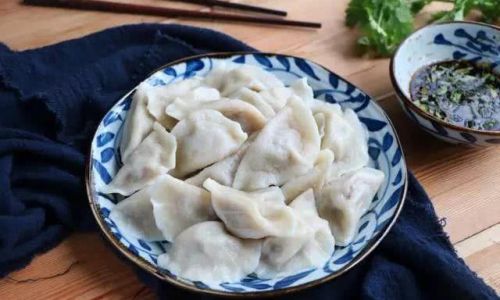
Chapter 1: Ingredient Selection and Preparation
1 Lamb Meat
The quality of your lamb meat is paramount to the success of your dumplings. Opt for freshly ground lamb, preferably from a reputable butcher. Look for meat that has a bright, slightly pink hue and a moist texture. Avoid meat that appears dried out or has a grayish cast, as this may indicate it has been sitting for too long.
When preparing the lamb, it’s essential to remove any excess fat or sinew, as these can make your dumplings greasy or chewy. You can do this by carefully picking through the meat with your fingers or using a sharp knife. Once cleaned, place the lamb in a large mixing bowl and set aside.
2 Radishes
Radishes are the unsung heroes of this dish, providing a crisp, refreshing contrast to the rich lamb. Choose firm, vibrant radishes with smooth, unblemished skin. Avoid radishes that are soft, wrinkled, or have spots, as these are likely past their prime.
To prepare the radishes, start by trimming off the tops and roots. Then, finely grate them using a cheese grater or a food processor fitted with a grating attachment. The finer you grate them, the better they will integrate into the filling, creating a cohesive texture. Once grated, place the radishes in a bowl lined with a clean kitchen towel or cheesecloth. Allow them to sit for about 10 minutes to drain excess moisture, then squeeze them gently to remove any remaining liquid. This step is crucial to prevent your dumplings from becoming soggy.
3 Other Ingredients
In addition to lamb and radishes, you’ll need a few other ingredients to round out the filling:
- Scallions: Finely chopped, they add a subtle oniony flavor and a touch of green color.
- Garlic and Ginger: Minced, these aromatics provide depth and warmth to the filling.
- Soy Sauce and Sesame Oil: Essential for seasoning, they enhance the savory notes and add a hint of umami.
- Salt and Pepper: To taste, for seasoning.
- Cornstarch or Potato Starch: A small amount helps to bind the filling together without making it too dense.
Chapter 2: Making the Filling
Now that your ingredients are prepared, it’s time to combine them into a delicious filling. Begin by adding the grated radishes, finely chopped scallions, minced garlic, and ginger to the bowl with the lamb meat. Drizzle in a few tablespoons of soy sauce and sesame oil, then season with salt and pepper to taste. Use your hands or a spatula to gently mix everything together until well combined. Be careful not to overwork the mixture, as this can lead to a dense, tough filling.
Next, sprinkle a small amount of cornstarch or potato starch over the mixture and fold it in gently. This will help the filling hold together better when you form the dumplings. Taste the filling and adjust the seasoning if necessary. Remember, the flavors should be bold but not overpowering, as they will intensify once cooked.
Chapter 3: Preparing the Dough
The dough is the foundation of any good dumpling, and making it from scratch ensures the best texture and flavor. Here’s how to do it:
1 Ingredients for the Dough
- All-Purpose Flour: About 2 to 2.5 cups, depending on humidity and desired consistency.
- Water: Approximately 3/4 to 1 cup, room temperature.
- Salt: A pinch, to enhance dough elasticity.
2 Making the Dough
In a large mixing bowl, combine the flour and a pinch of salt. Create a well in the center and pour in about half of the water. Using a wooden spoon or your hands, gradually mix the flour into the water, adding more as needed until a shaggy dough forms.
Transfer the dough to a lightly floured surface and knead for about 8-10 minutes, until it becomes smooth and elastic. If the dough is too sticky, add a little more flour; if it’s too dry, add a few drops of water. Once done, cover the dough with a damp cloth or plastic wrap to prevent it from drying out and let it rest for at least 30 minutes. This resting period allows the gluten to relax, making the dough easier to roll out.
Chapter 4: Rolling Out the Dough and Forming the Dumplings
1 Rolling Out the Dough
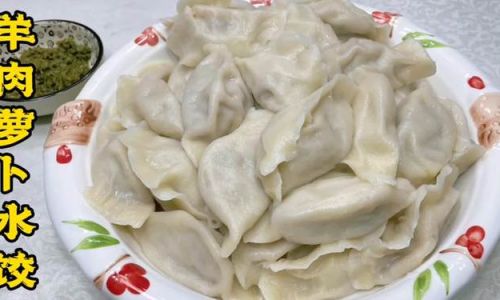
Once the dough has rested, divide it into two equal portions. Working with one portion at a time, shape it into a log about 1 inch in diameter. Cut the log into small pieces, each about 1 inch long. Dust each piece lightly with flour to prevent sticking.
Flatten each piece into a disc and use a rolling pin to roll it out into a thin circle, about 3-4 inches in diameter. Aim for an even thickness to ensure uniform cooking. If the dough starts to stick, lightly dust it with more flour.
2 Forming the Dumplings
Place a heaping teaspoon of filling in the center of each dough circle. Using your fingers or a small brush, dampen the edges of the dough with a little water to help seal the dumplings. Fold the dough over the filling to create a half-moon shape, then pinch the edges together firmly to seal. You can create pleats for a more decorative finish if desired.
Place the formed dumplings on a lightly floured tray or baking sheet, making sure they are not touching, to prevent sticking. Cover them with a damp cloth to keep them from drying out while you work on the remaining dough and filling.
Chapter 5: Cooking the Dumplings
There are several methods for cooking dumplings, each yielding slightly different results. Here, we’ll discuss two popular methods: boiling and pan-frying.
1 Boiling
Fill a large pot with water and bring it to a rolling boil. Add a generous pinch of salt to the water. Carefully drop the dumplings into the boiling water, stirring gently to prevent them from sticking to the bottom or each other. Cook for about 3-5 minutes, or until the dumplings float to the surface and the dough is cooked through.
Use a slotted spoon to transfer the cooked dumplings to a plate lined with paper towels to drain excess water. Serve immediately with your favorite dipping sauce, such as soy sauce mixed with a bit of vinegar, sesame oil, and chili oil.
2 Pan-Frying
For a crispier exterior, you can pan-fry your dumplings. Heat a non-stick skillet over medium-high heat and add a thin layer of oil. Arrange the dumplings in a single layer, making sure they are not overcrowded. Cook for about 2-3 minutes on each side, or until the bottoms are golden brown and crispy.
To steam the dumplings through, add a small amount of water to the skillet, cover it with a lid, and reduce the heat to low. Let the dumplings steam for about 3-5 minutes, or until the dough is cooked through and the filling is hot. Remove the lid, increase the heat to high, and cook for an additional minute to evaporate any remaining water and crisp up the bottoms further.
Transfer the pan-fried dumplings to a plate lined with paper towels to drain excess oil. Serve hot with your favorite dipping sauce.
Chapter 6: Serving and Enjoying
Lamb and radish dumplings are a versatile dish that can be enjoyed on their own or as part of a larger meal. They pair wonderfully with a variety of dipping sauces, from classic soy sauce to more complex blends featuring garlic, ginger, vinegar, and chili oil.
For a complete meal, consider serving your dumplings with a side of steamed vegetables, rice, or a light soup. This not only balances the flavors but also provides a well-rounded nutritional profile.
As you bite into each dumpling, savor the harmonious blend of flavors: the rich, tender lamb, the crisp, refreshing radishes, and the subtly aromatic spices. The tender dough should give way easily to your teeth, revealing a juicy, flavorful filling that dances on your palate.
Conclusion
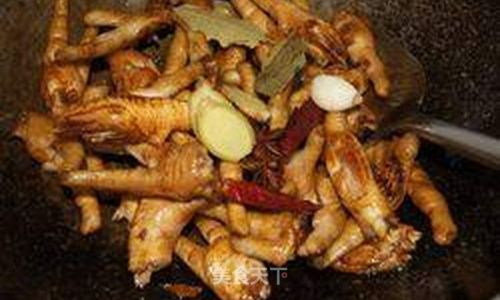
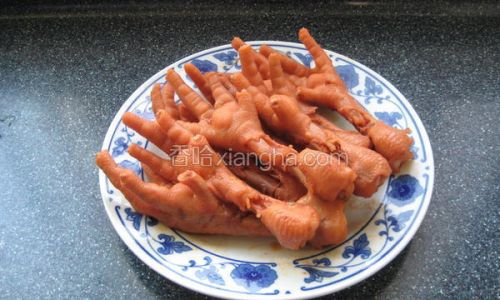
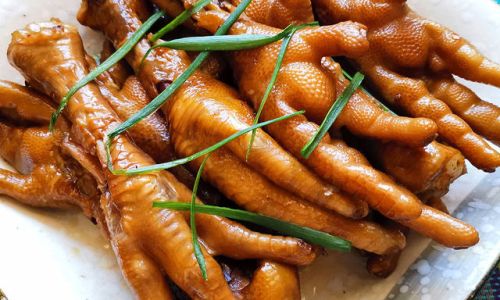
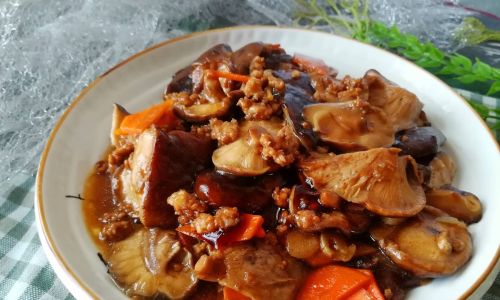
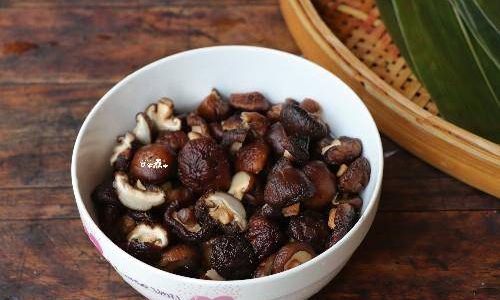
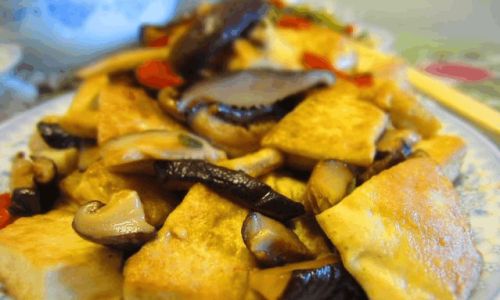
0 comments